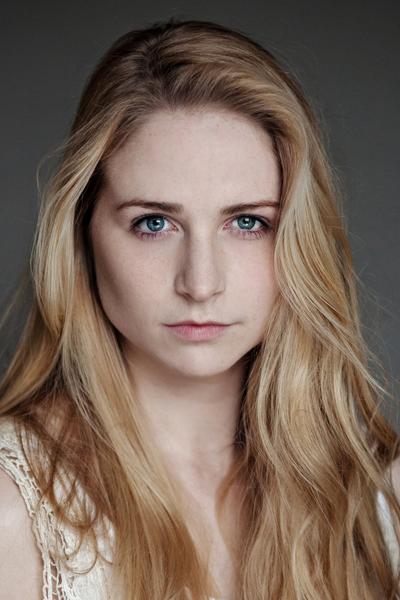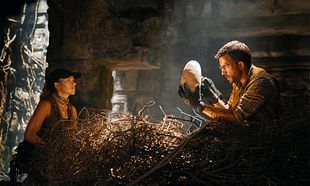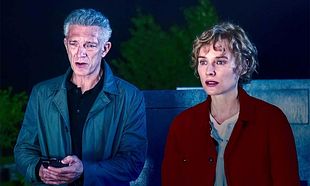A land surveyor (Alan McKenna) travels to a remote forest to help prepare for a property development. While there, he begins to see strange hallucinations and slowly loses his grip on reality and what he perceives the world to be.
A film like Without Name might be lazily categorised by some as a horror film, but that's really doing it a disservice - and, more importantly, it'll skew how you approach the film from the start. The closest thing it could be compared to is something like Ben Wheatley's A Field In England, or possibly even Adrian Lyne's Jacob's Ladder - but again, that's doing it a disservice. What can be said about Without Name is that it's wholly unlike any Irish film you've ever seen before.
The film opens in a sterile, blank apartment building where Alan McKenna's quantity surveyor makes brittle chit-chat with his wife and son before he leaves for the wilderness to begin the arduous task of catalouging a parcel of land for development by a shady, far-away property tycoon. While there, the surveyor calls in a young surveyor - with whom he's having an affair - to help out and alleviate some of the boredom and cabin fever he's experiencing. The opening act of the film gives it all a sense of reality and drudgery - almost to the point of boredom. However, by the end of the film, that initial layering will make sense and makes the wild, visually disturbing, off-the-wall strobe effects all the more potent.
For the most part, the film isn't really about the performances, although they're crafted well and gel together on the screen. McKenna's performance, particularly in the latter part of the film, feels like it's restrained - even if everything else around him isn't, whilst Niamh Algar helps to provide a grounding for the weirdness to come. James Browne, who plays a tree-hugging interloper, hasn't much to do and serves more as a red herring for the audience than anything else, but is still effective at helping the story move forward.
Where Without Name shines through is in the cinematography and the visual storytelling. As mentioned, the film has more in common with the likes of A Field In England or Under The Skin than it does with conventional psychological thrillers. The third act of the film plays it like the finale of 2001: A Space Odyssey in an Irish forest, and makes for some truly mind-warping imagery. Director Lorcan Finnegan, in his first feature-length film, has the kind of confidence and assuredness you'd expect from a director well into his career. The use of experimental filmmaking tropes, and an eerie soundtrack to boot, provides for an atmosphere unlike any other you'll see in Irish film.
All that said, it's not an easily accessible film and the jarring, crazed hallucination sequences can definitely be distressing and off-putting for some. Likewise, the film is marketed like a horror film - complete with John Carpenter-esque font on the posters - and those buying in for a horror experience won't get one. Nevertheless, it's a daring, original film that doesn't offer straight answers, but is definitely worth the trip.



















































































